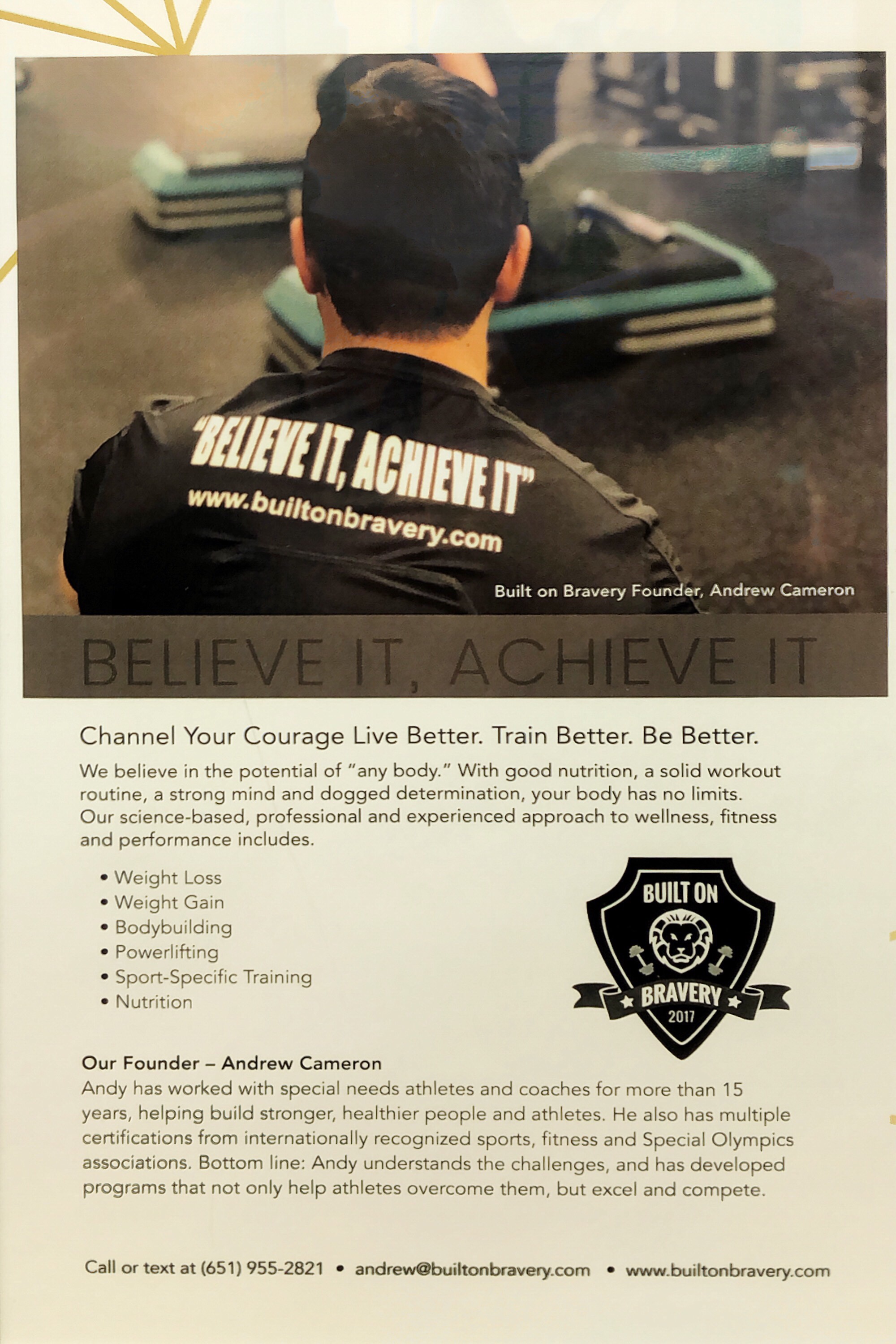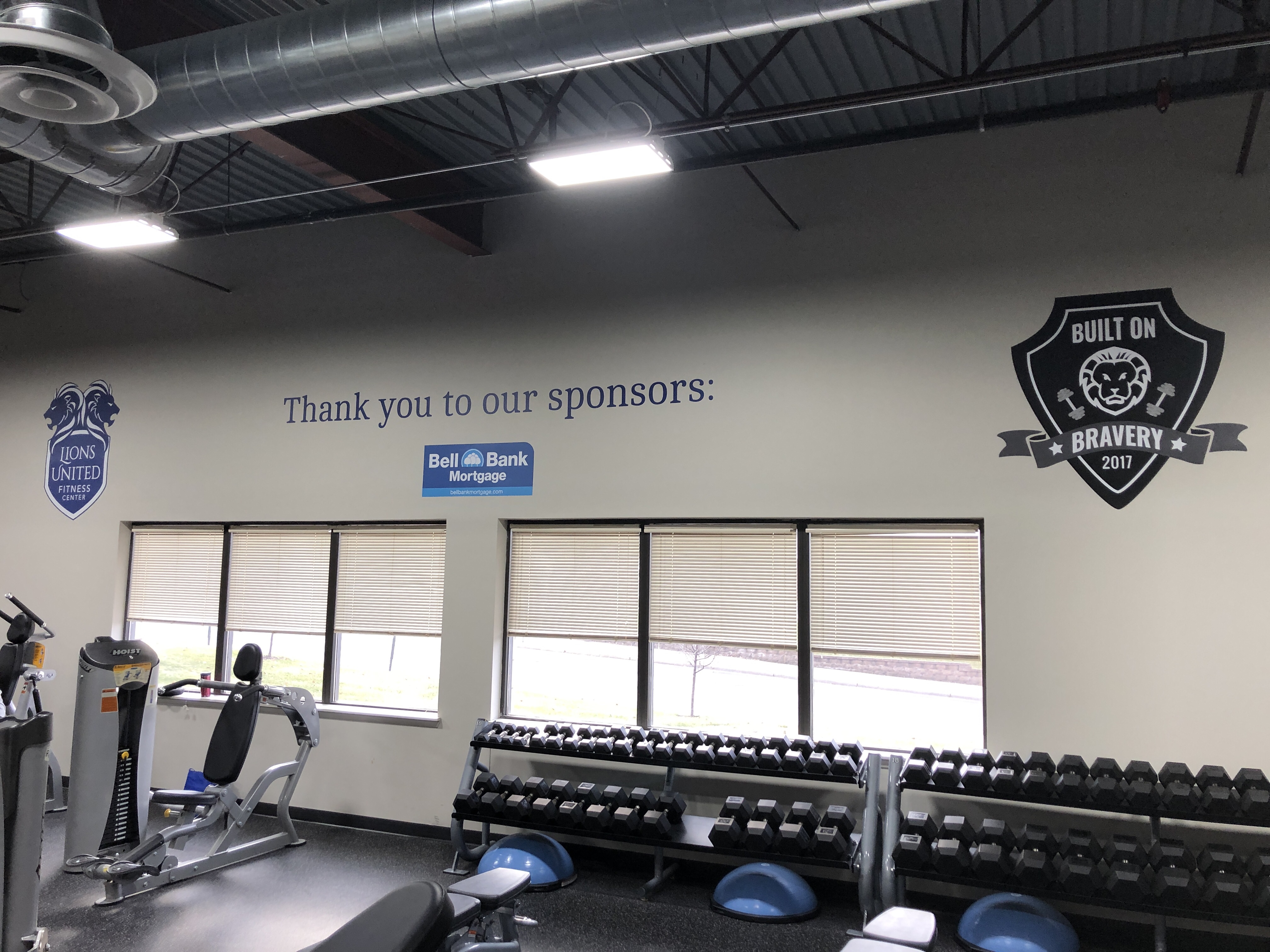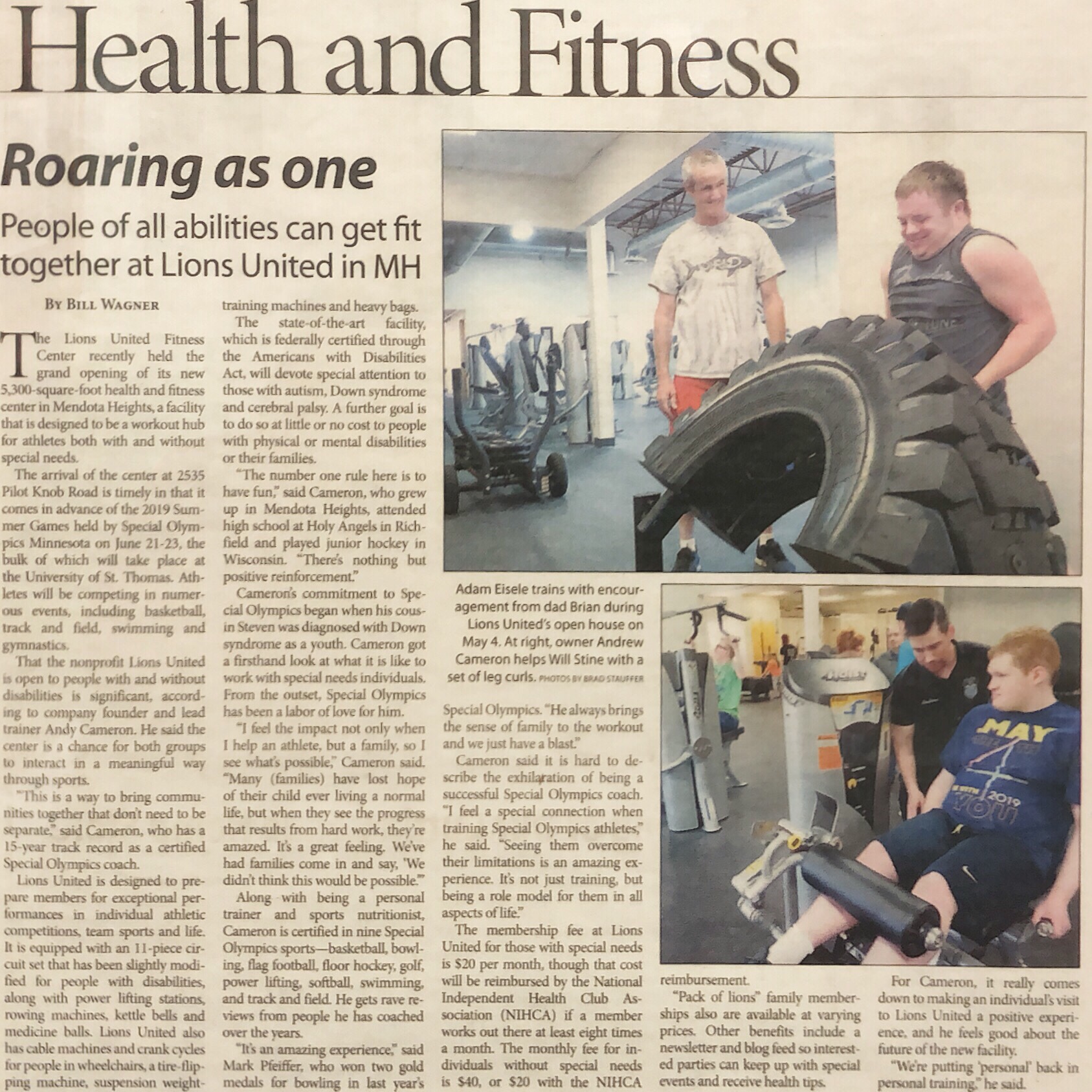A few weeks ago I posted about a mandated 300 calorie a day weight stabilization program for #1. I also mentioned there's a different program for #2. There's no mandate for his program -- it's something he and I put together. He dislikes exercise but feels it his duty to do it.
The program has 3 events each week that we do together:
- Depending on season either a 1h singletrack mountain bike ride or a 1h MN Special Hockey event.
- A few miles of walking or (depending on season) 2h family road bike ride or 1h outdoor ice skating loop*.
- Home mini-CrossFit
The home mini-CrossFit is a highly scaled version of a standard CrossFit workout -- perhaps 1/3 of the intensity and effort. We have a COVID home gym so we have a good range of options. He does it with my wife and I; having Mom participate was key to building his confidence.
After some experimentation we've settled on a standard pattern. First the "WOD" (workout of the day) then the strength portion. The strength portion is standard power lifting, no Olympic lifts. We have a good set of dumbbells and a full rack and bar.
The WOD follows a standard pattern. It has four different movements that vary widely (movements are chose to also be a warm up for the strength portion since he won't do a separate warmup). The duration is always 16 minutes and each movement is done within 1 minute (so each of the 4 movements has 4 reps) or 2 minutes (each of 4 movements has 2 reps). Movement number is set so he has roughly equal time spent working and resting.
We've been doing this particular pattern for a few months and he's dramatically fitter and stronger. I don't think he realizes how much he's improved. Things that were hard for him a few months ago he now does while reading his phone. I have been gradually increasing the frequency and weight as he starts to finish in 15 seconds rather than 30 seconds. Sometime in the next year his bench press will pass mine.
I think most of the improvement is from the mini-CrossFit, though the singletrack ride would tire many adults and its certainly helpful. His exercise days are my rest days, but the effect is still impressive. It helps to be young.
* Years ago our entire family inline skated at the Metrodome every week or two all winter long. It was great and we'd do it again ... except that structure was torn down for an essentially useless Vikings football stadium.





